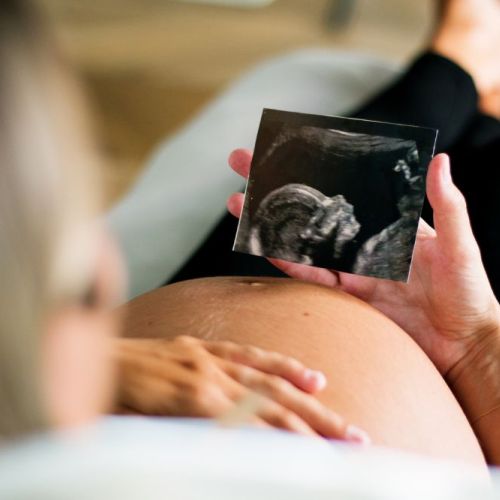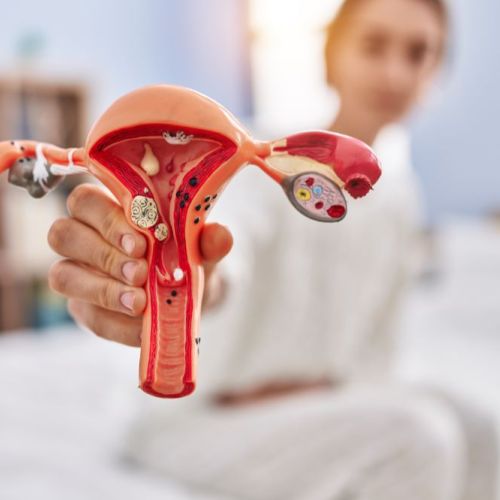How to Prepare for a Tubal Reversal

You have every right to change your mind after having a tubal ligation for “permanent” sterilization. If you do decide you want to add to your family after tubal ligation, our skilled providers at California Center for Reproductive Health are ready to help.
We offer advanced surgical techniques with very high rates of success. If you’re considering a tubal reversal, here’s how to prepare.
Initial consultation
Both you and your partner will need a consultation and physical exam prior to scheduling your tubal reversal. This exam helps determine your eligibility for reversal. It can also reveal any other issues that might stand in the way of pregnancy even after a successful reversal. It helps if you can bring any information from your original tubal ligation procedure.
Blood tests, imaging tests (like an ultrasound) to look at your ovaries and other reproductive organs are part of your initial evaluation. As part of this workup, we also have you undergo a hysterosalpingogram to check the length and viability of your remaining fallopian tubes. Your original tubal ligation blocked these tubes where the sperm and egg meet for fertilization.
Your partner may benefit from a sperm and semen analysis to make sure there are no fertility issues.
Before surgery
If we determine that a tubal reversal is possible, we will schedule your surgical appointment. It can happen anytime during your menstrual cycle.
We’ll have you undergo a preoperative exam about 2 weeks before surgery. This exam makes sure you’re in generally good health. It includes a pelvic ultrasound and blood work. At this time, we’ll provide you with instructions to prepare you for your procedure. For example, you should not eat or drink anything after 10pm the night prior to your surgery.
Most types of tubal ligation are reversible
Rest assured that we can reverse just about every type of tubal ligation. Even if your tubes were “burned” (or cauterized), the destruction happened at just a small segment of the tube, leaving much of the organ unharmed and viable.
Most women who undergo a tubal reversal are able to become pregnant within a year of the procedure. Your chances of success depend a lot on your age and whether or not you or your partner have other fertility issues.
We will not reverse a tubal ligation in women older than 45. Your likelihood of getting pregnant and carrying a healthy baby to term decreases significantly as you reach your late 40s.
If you’re unable to have a tubal reversal, know that you can still get pregnant using assisted reproductive technology (ART) methods, like in vitro fertilization. During these procedures, the egg and sperm are united in a laboratory and then placed directly into your uterus, bypassing your fallopian tubes. In vitro is a valid alternative to tubal reversal when the goal is to have a healthy baby.
Call one of our offices in Encino, Alhambra, Valencia, or West Hollywood if you’re ready to explore your fertility options. We want to help you create the family you want in the easiest, least invasive way. You can also reach out to us via this website.



